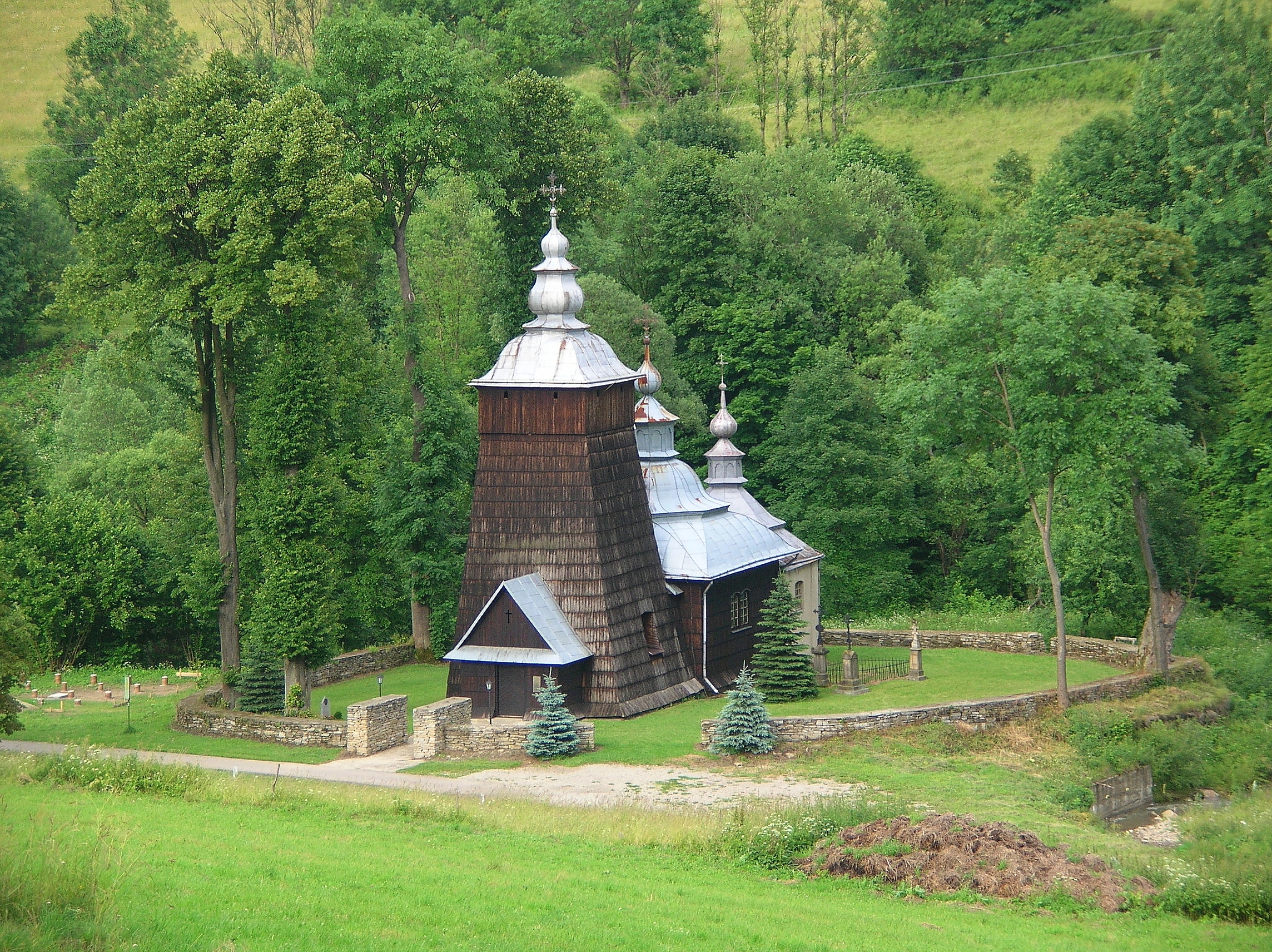The resettlement of almost 150 thousand Ukrainians, as well as Boykos and Lemkos, started on 28 April 1947. Its consequences are still visible today.
After the Second World War mass deportations of civilians were a common phenomenon. One of the groups influenced by the resettlements was the Ukrainian minority living in the South and South-Eastern parts of the post-war Poland. In 1947 Polish communist authorities decided to forcefully relocate Ukrainian inhabitants of three voivodships (Krakowskie, Lubelskie and Rzeszowskie) to the so-called Recovered Territories (Polish: Ziemie Odzyskane; lands which belonged to pre-war Germany but became part of Poland after the Second World War). The deportations affected also Lemkos and Boykos communities who also lived in the area.
Officially, the main goal of the relocation was to protect civilians by toppling the Ukrainian Insurgent Army (UPA). Nevertheless, the region whose Ukrainian inhabitants were destined for deportation was bigger than the area influenced by the UPA's activity. The authorities' actual aim was mostly to enforce assimilation of the Ukrainian minority by creating a rupture within the autochthonic communities.
Direct pretext for the operation was the murder of general Karol Świerczewski, the Deputy Defense Minister on 28 March. He was claimed to be shot by UPA in an ambush in Bieszczady mountains. One month later the Central Committee of the Polish Workers' Party decided to start the resettlements on 28 April. At first the operation was codenamed "East" (Polish: Wschód), but later renamed to "Vistula" (Polish: Wisła).
Suspected members of UPA or the Organisation of Ukrainian Nationalists (OUN) were sent to camps even before the operation had officially started. The most infamous was the Central Labour Camp located in Jaworzno, on the former premises of KL Auschwitz-Birkenau. Behind barbed wires were imprisoned not only UPA members but also other people who happened to be arrested during the relocations, including children, priests and members of intelligentsia.
Relocations within the operation "Vistula" followed one established sequence. Chosen villages were surrounded by soldiers and militiamen during the night. At dawn the inhabitants were told that they had 2-3 hours to collect a limited number of their belongings and livestock. Afterwards they walked to gathering points from which they were transported west by train. The journey itself could last even a fortnight. At least 27 deaths were caused by the horrific travel conditions.
At the final destination the relocated Ukrainians often discovered that most of the post-German buildings were already inhabited by Polish settlers, while those still vacant had been plundered or destroyed. What is more, food was scarce, since the deportees had left their crops at home and usually didn't have enough resources to prepare for the relocation. Moreover, people who fell victim of the operation "Vistula" were undergoing the process of forced Polonisation: family, cultural and religious contacts were limited and discouraged, and children were punished for speaking Ukrainian in public.
During the operation "Vistula" 140 662 people were resettled. The operation was terminated on 31 July 1947 but the relocations continued also after this date. Coming back to the fatherland regions was illegal and strictly forbidden; only few individuals risked returning in the early 1950's. Even the political thaw which started in Poland in 1956 and led to a reduced oppression against Ukrainian minorities did not encourage the deportees to come back. This void can still be observed in empty villages and destroyed churches slowly but steadily falling apart in the South-Eastern part of Poland.
After 1989 operation "Vistula" was condemned by the Polish Senate, intellectuals and the Polish President.
Text by Antoni Zakrzewski
Bibliography:
- Documents from the archives of the secret services, Łódź, Warszawa, Kijów 2012.
- Kazimierz Miroszewski, Zygmunt Woźniczka, Obóz dwóch totalitaryzmów Jaworzno 1943-1956. Materiały z konferencji naukowej "Historia martyrologii i obozów odosobnienia w Jaworznie w latach 1939-1956", Jaworzno 2007.
- Miroszewski Kazimierz, Centralny Obóz Pracy Jaworzno, podobóz ukraiński (1947-1949), Katowice 2001.
- Misiło Eugeniusz, Akcja „Wisła" Dokumenty i materiały, Warszawa 2012.
- Ukraińcy w Polsce 1944-1989, Walka o tożsamość, Warszawa 1999.
